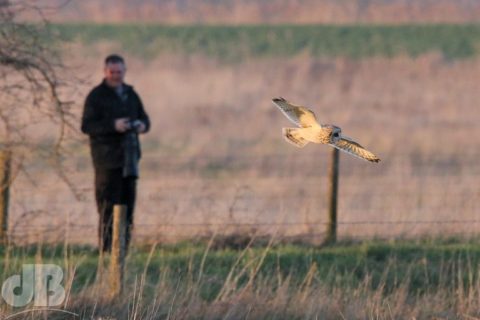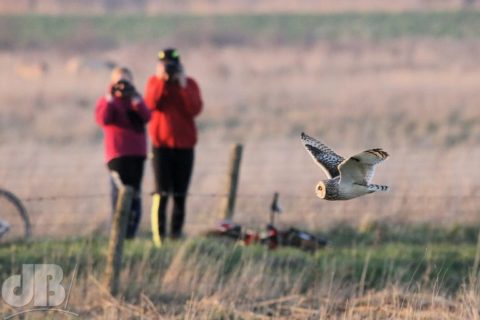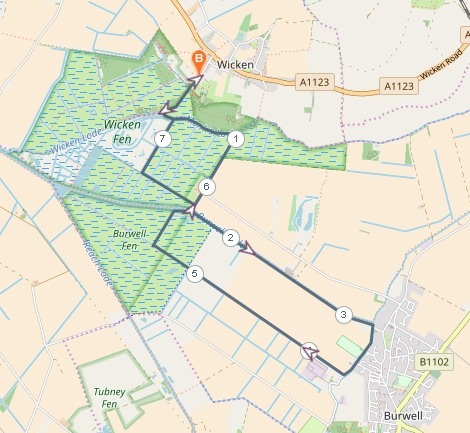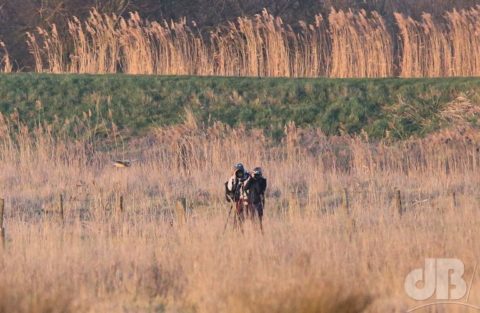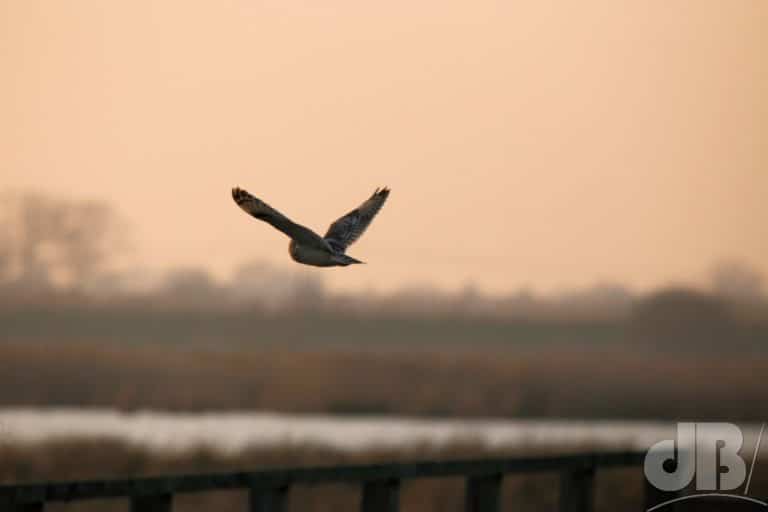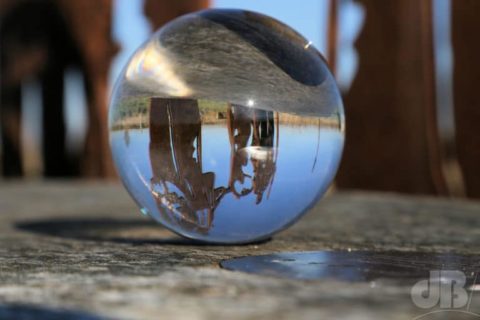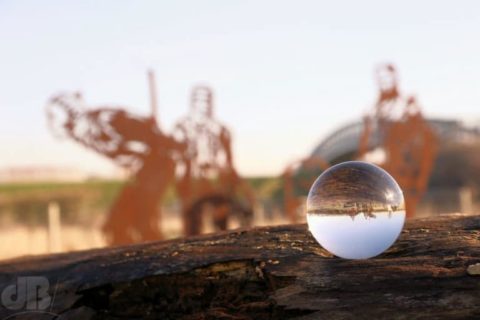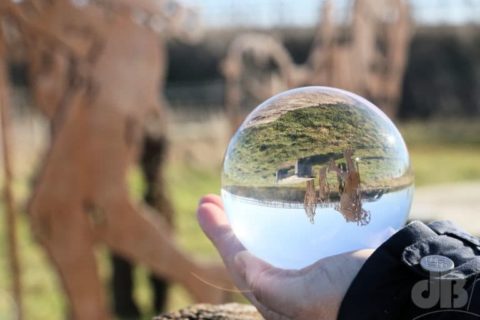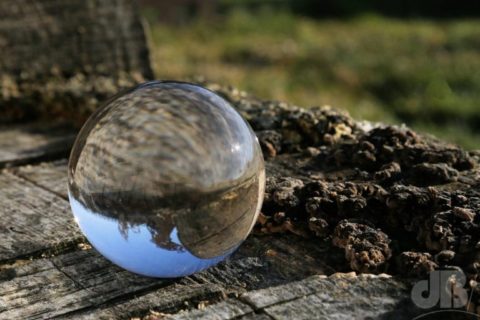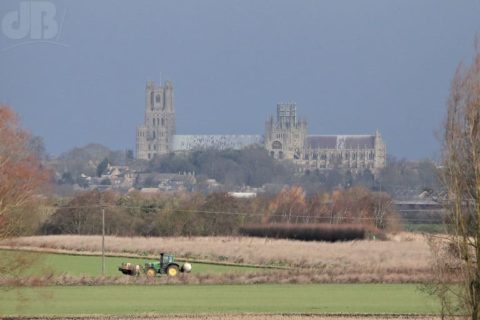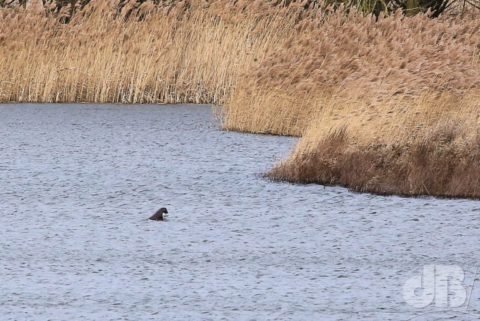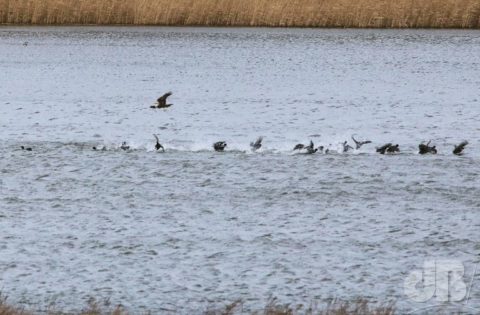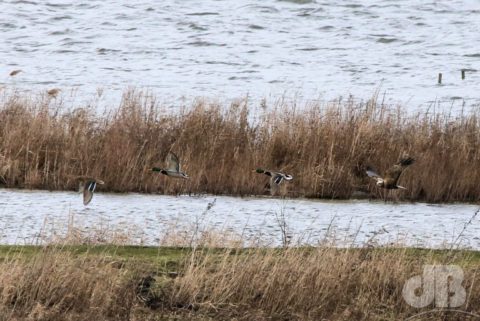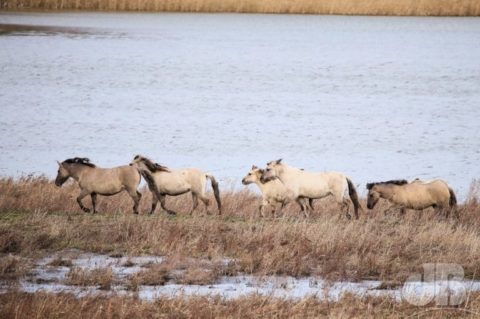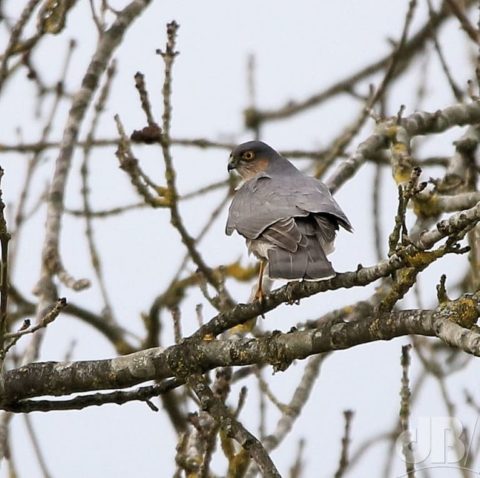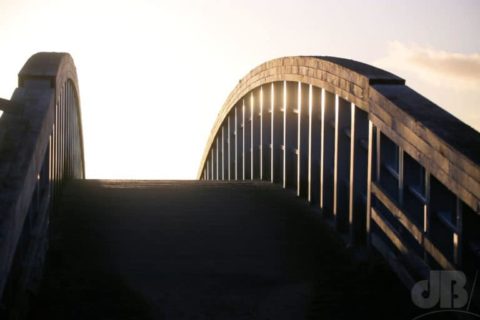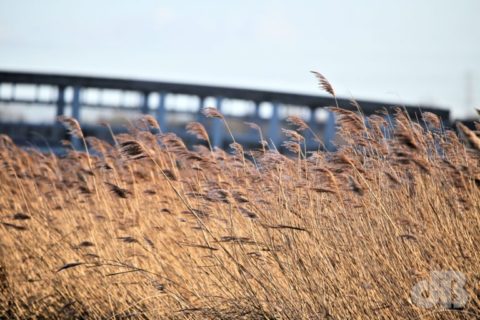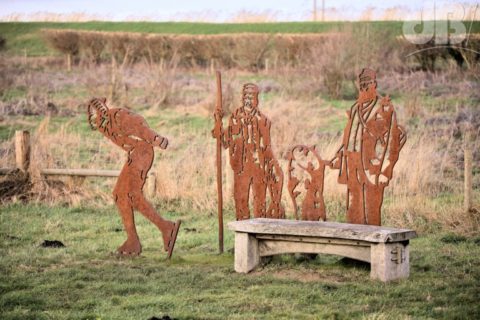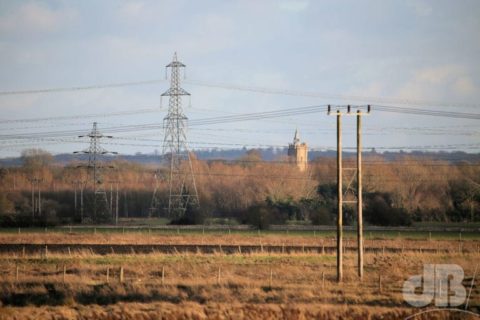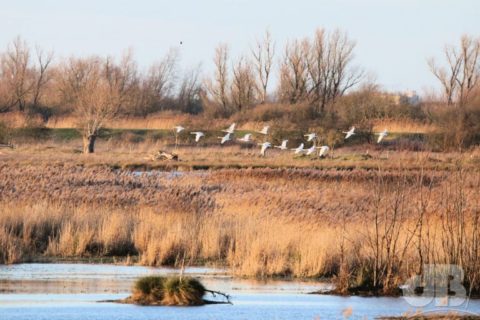You can’t miss the tallest peak in Athens, no not the one with The Parthenon at the top (68 metres elevation), but Mount Lycabettus, also known as Lycabettos, Lykabettos or Lykavittos. In Greek, it’s pronounced “likavi’tos”, so the first three syllables flow as a triplet and the emphasis is on the final beat. It stands at 264 metres.
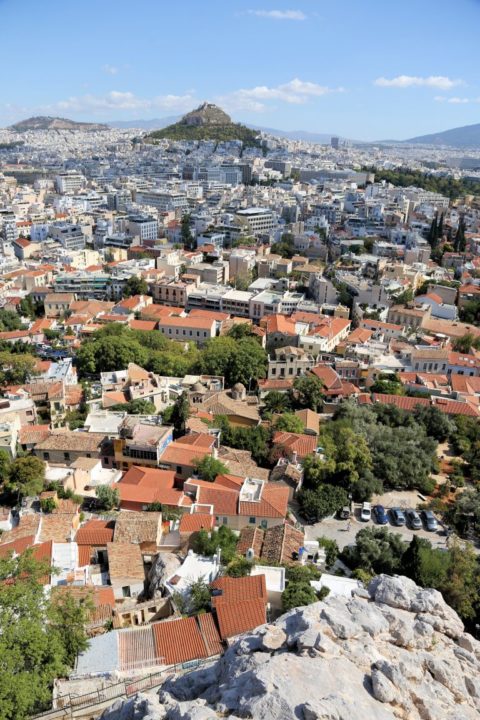
Second full day on our trip to Athens, we took the funicular railway to the top to see the 19th Century St George’s Chapel and take in the views over the city. I’d have chosen to climb to the top, despite the heat, if I’d realised it was in a tunnel. But, we did walk down and then circumnavigate the pine woodland the begins about half way down and stretches to the base.
One of the things I found intriguing about the name of this hill is the “lika/lyco” prefix, that I thought must refer to wolves in some way, but a couple of Athenians I asked didn’t seem to think so. On Wikipedia, there’s a suggestion that it had an ancient name Lucabetu meaning a mastoid hill, but Wiki also says that the modern name means “walked by wolves”.
Could the original name of this hill be the etymology of the Greek word for wolf, lykos, because that’s where the early Athenians most frequently encountered them? In a similar context, the word lyceum, is definitely connected to the Greek word for wolf, alluding to wolfishness, but referring to a garden of the god Apollo who was said to be wolfish in Greek mythology…
Near-expert friend, Penelope Wilson, tells me she can corroborate, or perhaps, rather complicate! For Lycabettus, apart from the mastoid suggestion others have proposed something to do with luke (light), obviously also associated with Apollo. But, the Ancient Greeks were very good at holding more than one meaning in their heads at a time, and there are puns on Apollo Lukeios as meaning (born from/slayer of) wolves and as god of light. Anyway, she tells me, wolves are definitely there, etymology is attested from classical times. The hill itself was only named or identified with ancient Lycabettus in the 19th C it was previously known as Hill of St George or Mount Aghesmos.
That latter point suggests that the etymology is of the hill’s name not of the word wolf, in that case, but wolfishness is definitely part of the play. It’s still more complicated as Dr Wilson expands via a link to the page for the Lycabettus Run.
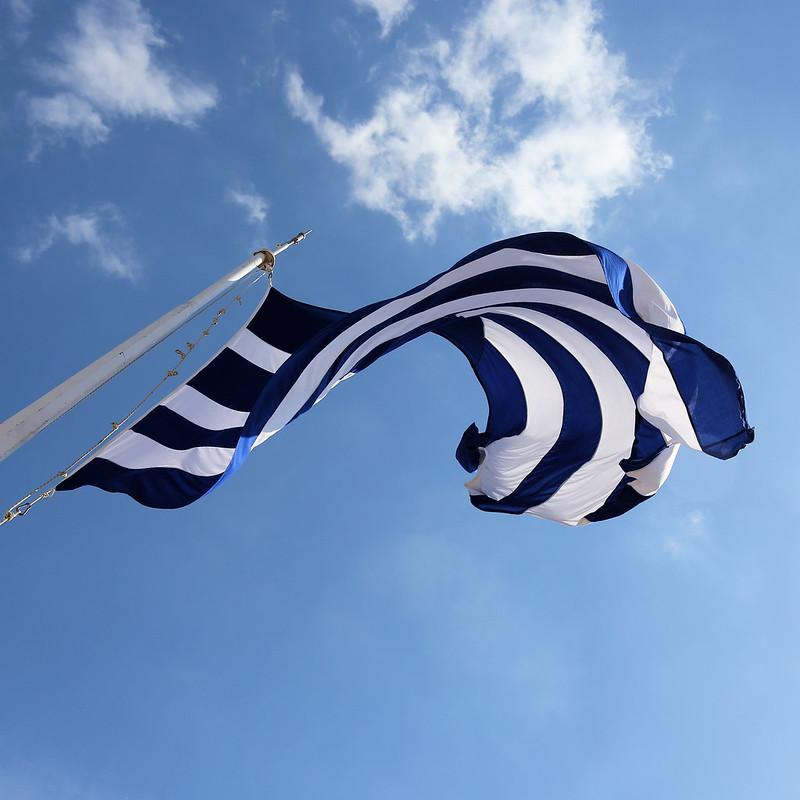
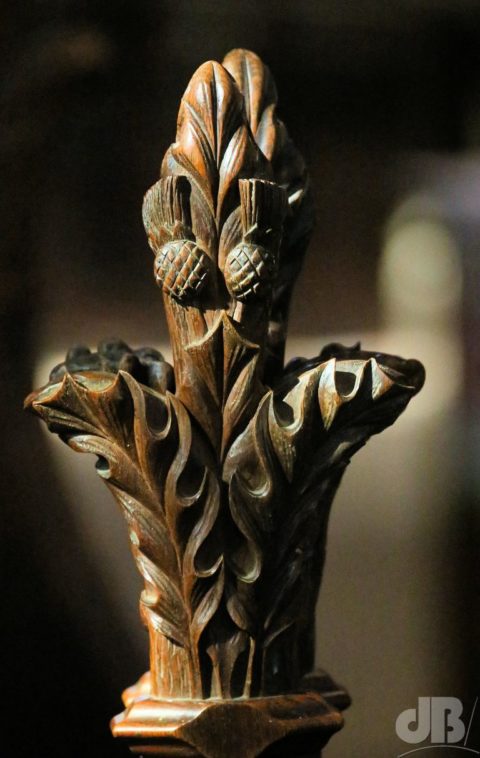
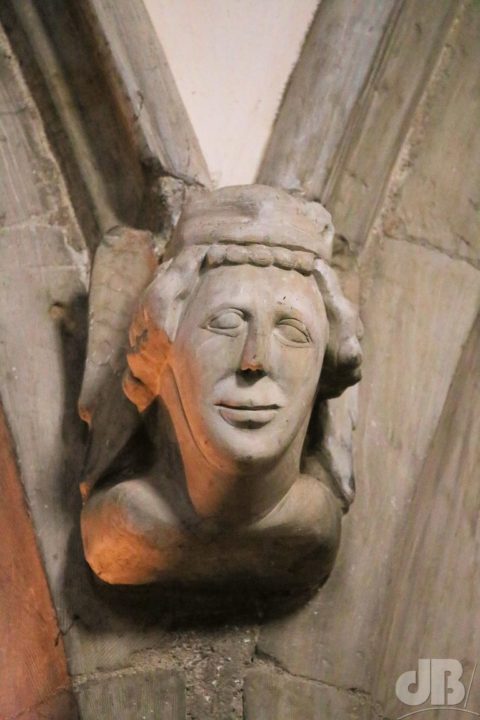
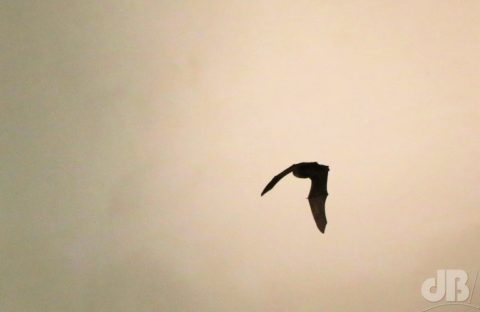
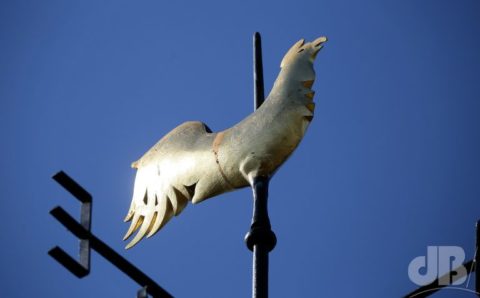
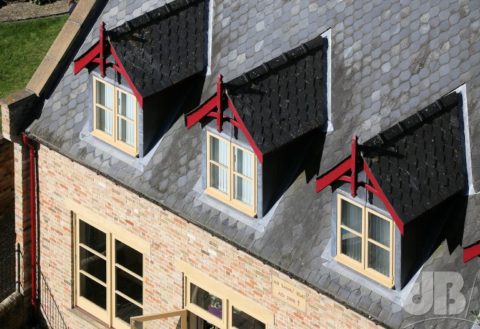
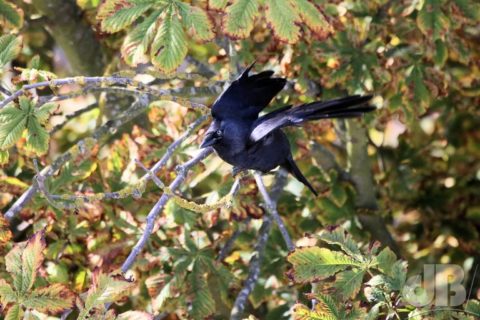
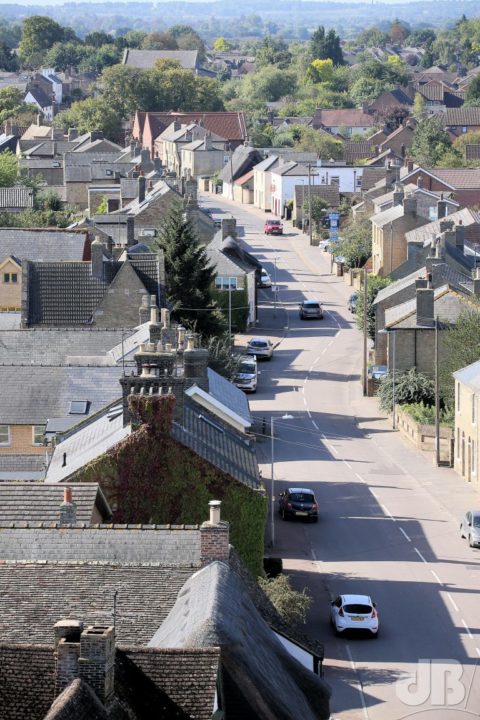
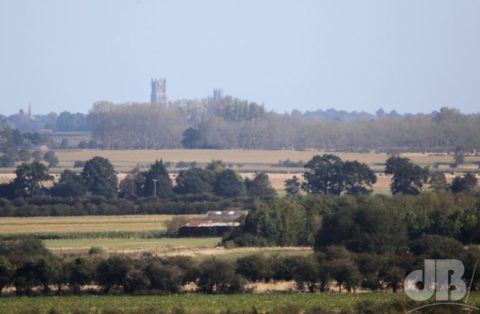
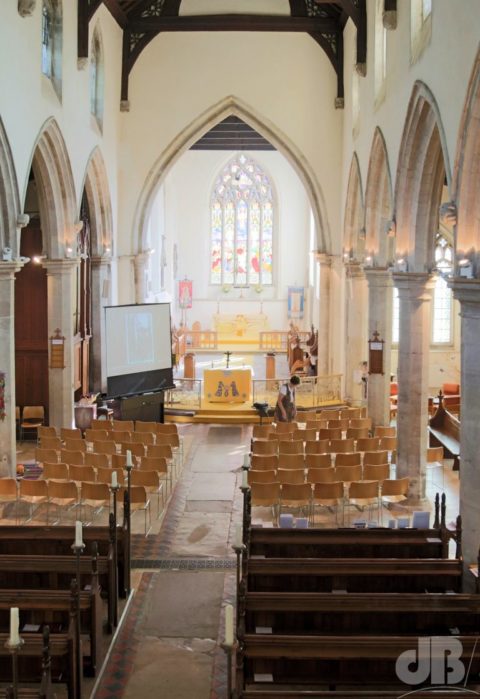
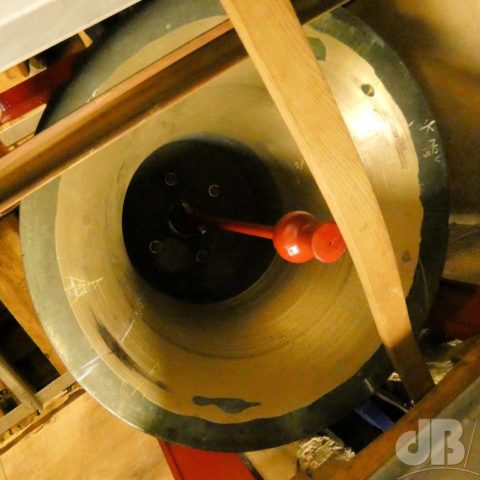
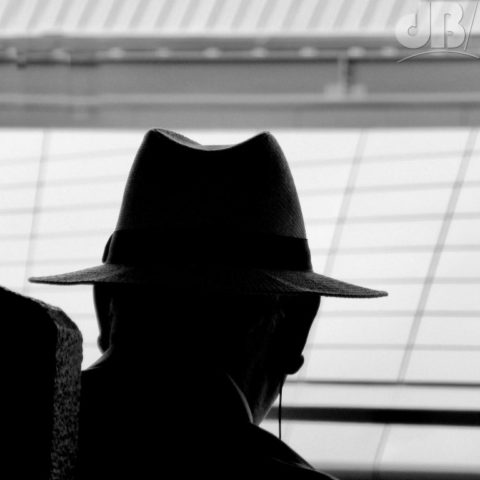











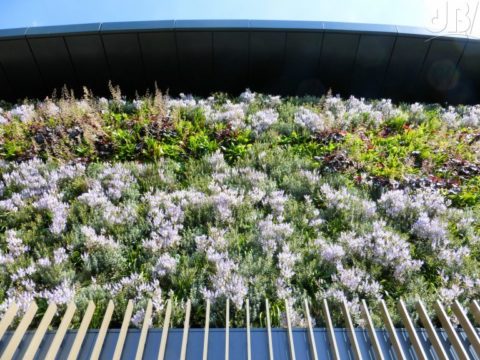
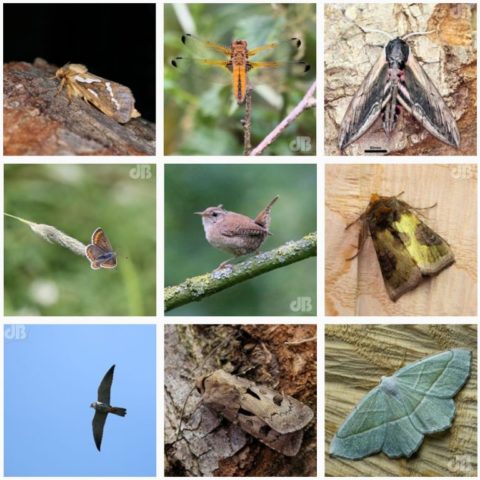
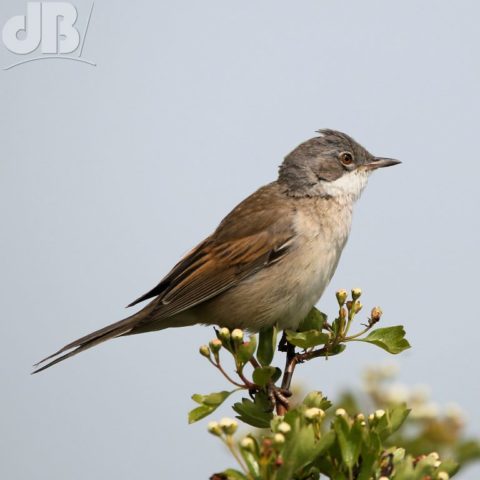
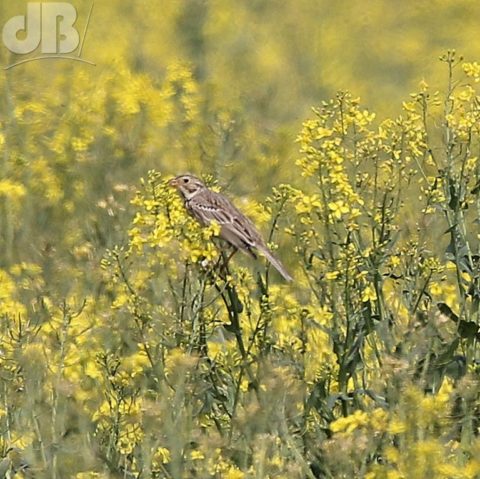
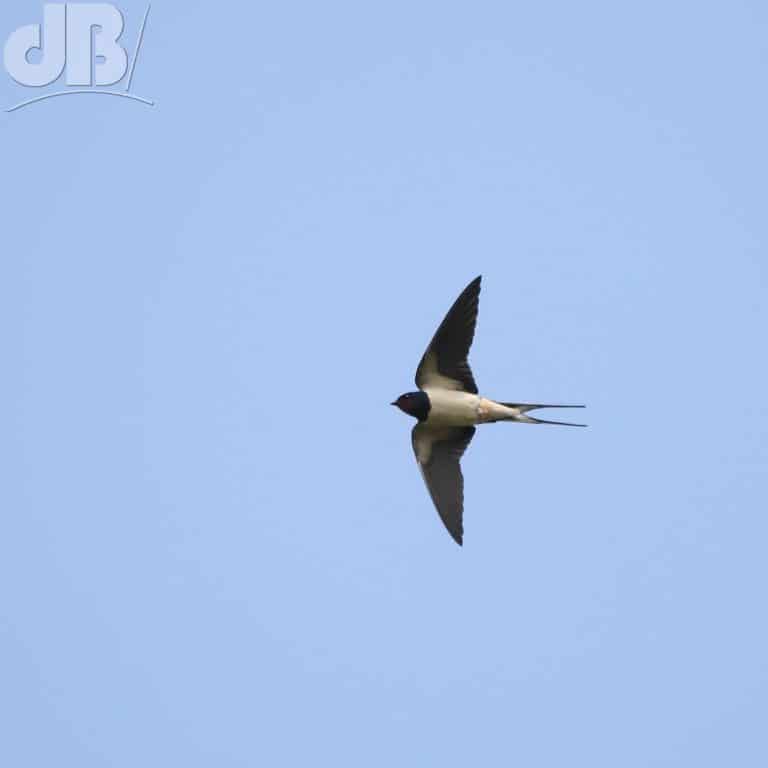
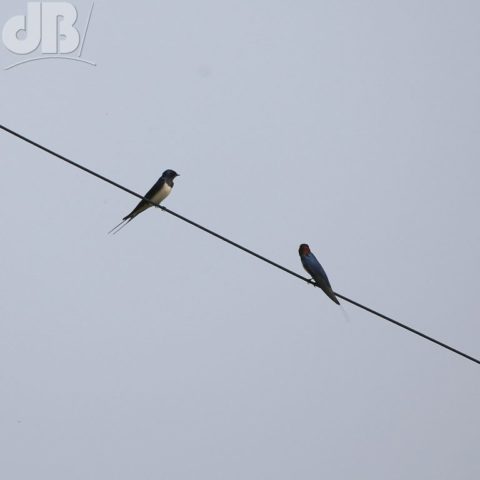
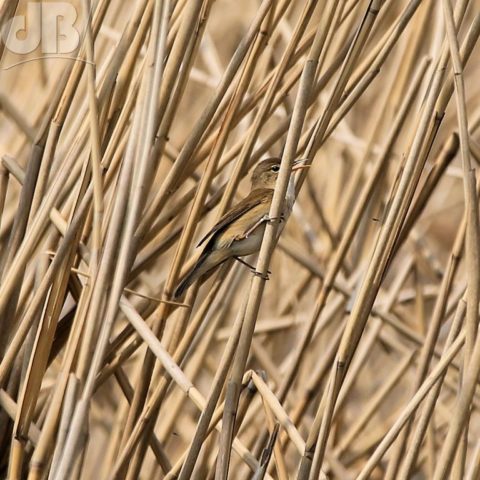
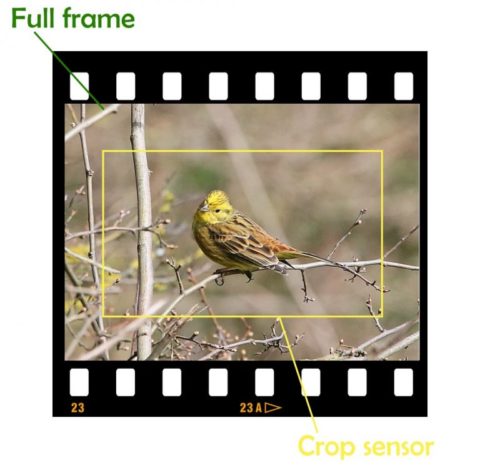
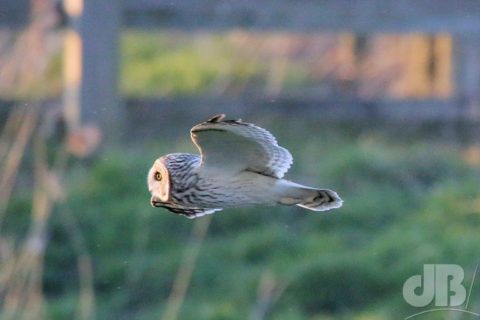
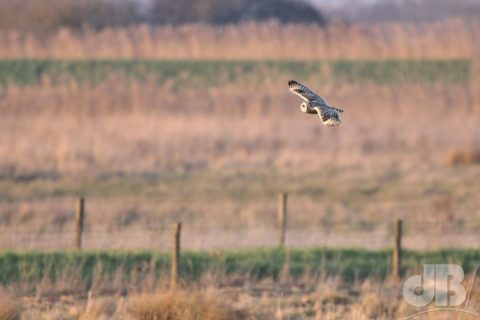
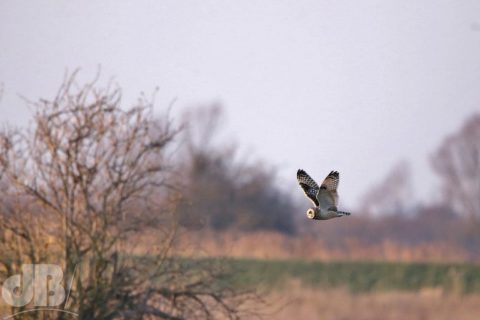
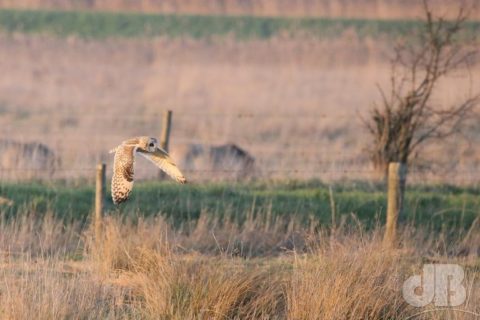 Like I say, there were quite a few people on the Fen watching out for owls and hoping for a great photo.
Like I say, there were quite a few people on the Fen watching out for owls and hoping for a great photo.